WorkingWell
"The ZenBooth is an interactive kiosk where you can navigate through a library of mental health and mindful practices to recharge the internal battery" --- Leila Brown, Amazon Employee und AmaZen Creator, Mai 2021
In May 2021 Amazon released AmaZen, a small box installed in an Amazon warehouse for employees in order for them to focus on their mental wellbeing. In this Dixie looking object, staff members are able to watch videos about mental health and participate in mindfulness practices (Neira, 2021).
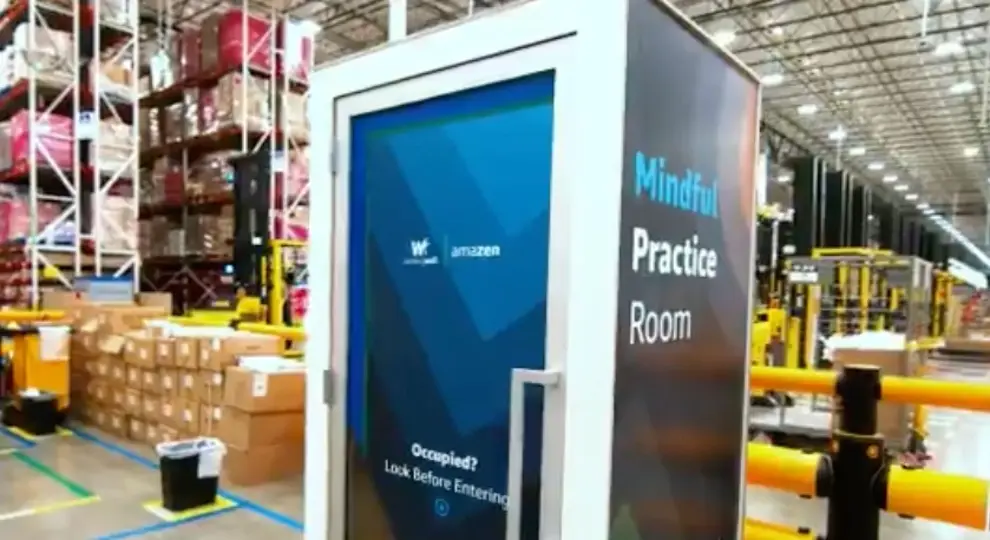
Image 6: AmaZen, created by Leila Brown in 2021.
The global company has come under fire in the past for their problematic working conditions. While Amazon's profits explode during the pandemic, workers are not allowed to take sufficient bathroom breaks. Or even worse, there is no bathroom at all. Also, employees are forced to spend hours on foot and are put in danger of injury (Paul, 2021).

Image 7: As usual, internet users are quick to react with memes.
AmaZen is not the only intervention undertaken by Amazon. In fact, there is a whole new series of health programs called WorkingWell. There are no changes concerning the long shifts or low working wages, instead one can find stretching programs and similar (Campbell, 2021). These latest evolutions show that something is fundamentally broken. Instead of creating a fair and safe working environment, other crude products have entered the capitalist market (Marcus, 2021).
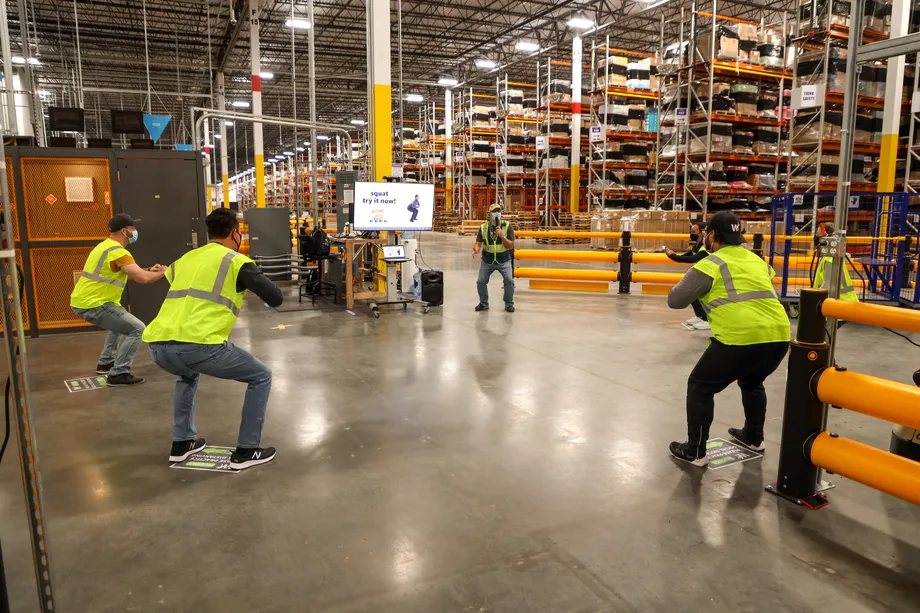
Image 8: Let it work! Amazon employees doing some squats together in warehouse.
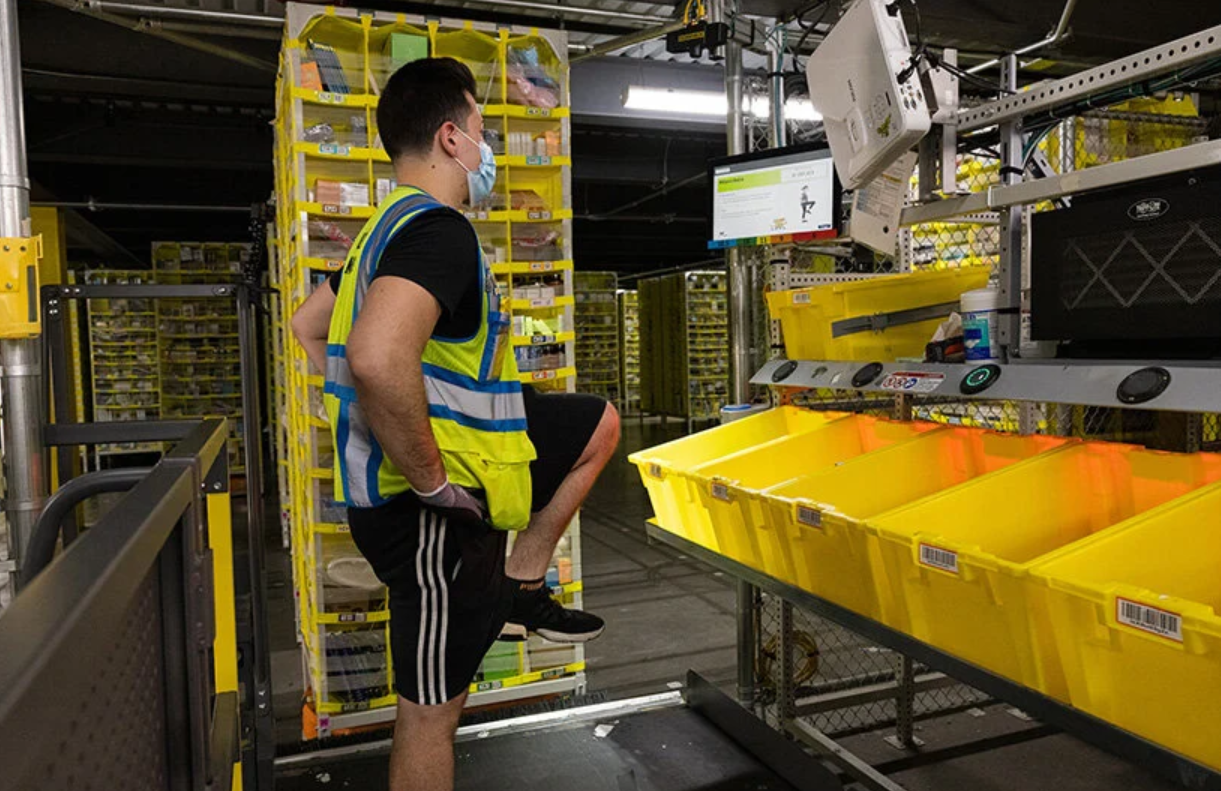
Image 9: WorkingWell is so amazing. Thanks Jeff.
Time-Motion Study
Inspiration for the movement plotting stems from a time-motion study conducted by the couple Frank and Lillian Gilbreth. In the late 19th century they started their research on human work motions through the medium of film (Poynor, 2016).
At that time this trend of rationalizing work was shown in the whole society and referred to as "Efficiency Movement". On Wikipedia this term is described as:
"[...]a major movement in the United States, Britain and other industrial nations in the early 20th century that sought to identify and eliminate waste in all areas of the economy and society, and to develop and implement best practices. The concept covered mechanical, economic, social, and personal improvement.The quest for efficiency promised effective, dynamic management rewarded by growth. As a result of the influence of an early proponent, it is more often known as Taylorism."

Image 1: Frederick Winslow Taylor
The Gilbreths created a method where human bodies were positioned within a grid. Test persons performed their specific work motions while recorded by the couple. Aim of these so-called cyclegraphs was to improve the efficiency of repetitive tasks such as movements of champion golf-players, quick typists or skilled surgeons (Gilbreth, 1920).
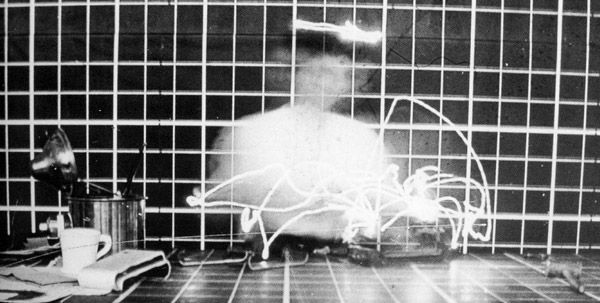
Image 2: Time-Motion Study, Example 1
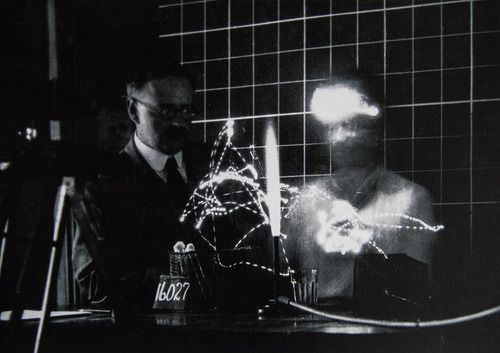
Image 3: Time-Motion Study, Example 2
Monument to Work
Another example of a motion study in more recent times is the contemporary and artistic approach by artist Alexandra Pirici. She has a background in dance and choreography and is popular for her work across different mediums (ZKM).
"Bodies at work are disciplined bodies, normalised under the structure of various organisational contexts with prescribed movements and postures that fall within parameters of physical conformity. Placed in confined spaces and reduced to time broken down in standardised, repetitive instalments, the working body follows a ritual of its own, performing the work, while routinely reperforming itself." --- Alexandra Pirici, 2015
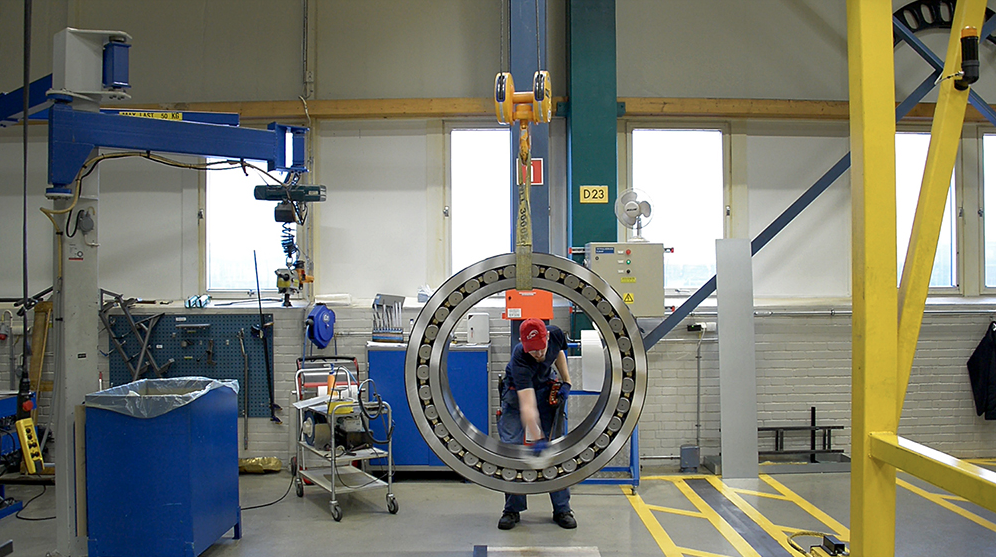
Image 4: Photo by Ricard Estay in Sweden, Statens konstråd/BUS, 2015.
Monument to Work is an artwork that recontextualizes working bodies, in order to rethink the concept of work and explore existing possibilities for its memorialisation. Repetitive movements of the Taylorist factory were distorted and transformed into slow-motion. They become meditative, they get an easy flow and they suddenly get different dynamics (Pirici, 2015).
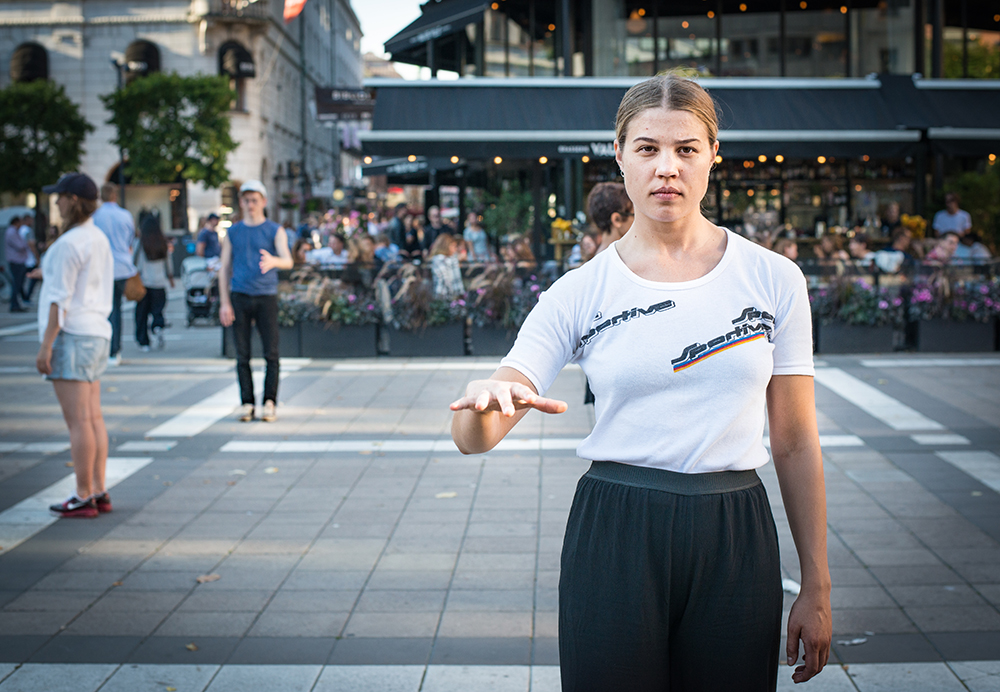
Image 5: Photo by Ricard Estay, performances took place in public spaces
Super cool offices
Since a couple of years a new development has been observed. Google and other companies – mostly those embracing technology, innovation and creativity – design their offices as playgrounds for adults. It says, a playful and fun environment makes employees more creative. It makes them feel home and welcome. They feel so cozy that there is actually no need anymore to go home. Also, companies provide healthy snacks, a ginger shot on mondays and massages every other day (Glancey, 2017).
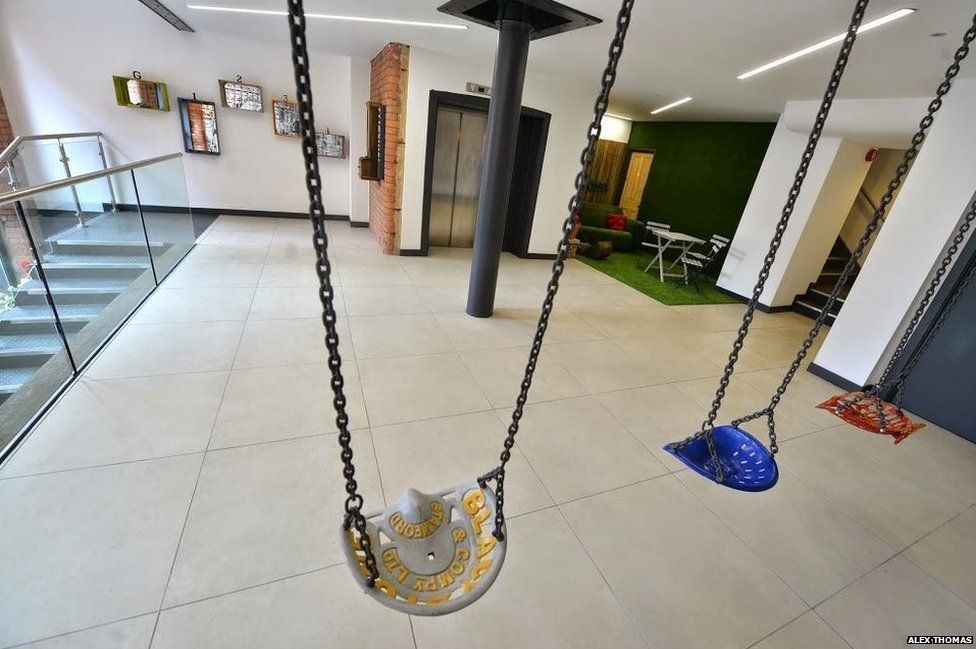
Image 10: Fun office.

Image 11: Soooo much fun! I love my job!
But what for? Is it to make employees more content and healthy? Or is it rather to push their motivation and thus their productivity? Fact is, we are all part of the game in order to become more efficient and optimized. The question is who are the real winners here?
References
- Gibreth. Popular Science. 1920. Link
- Poynor, Rick. 2016. Exposure: Motion Efficiency Study by Frank Gilbreth Link
- Wikipedia. Last edited on 2 June 2021. Efficiency movement. Link
- Pirici, Alexandra. In: Zentrum für Kunst und Medien Karlsruhe. Link
- Pirici, Alexandra. 2015. Monument to Work. Choreography performed in Sweden. Link
- Stanciu, Elena. 2015. Working bodies: An interview with Alexandra Pirici. In: Petrie. Link
- Campbell, Ian Carlos. 17.05.2021. Amazon’s WorkingWell will attempt to fix employee health issues with stretching and guided meditation. In: The Verge. Link
- Marcus, Josh. 27.05.2021. Amazon’s new ‘AmaZen’ booths are a spiritually dark solution for late capitalism. In: Independent. Link
- Neira, Juliana. 28.05.2021. Amazon unveils the AmaZen booths, claiming that meditation might do good to its workers. In: Designboom. Link
- Paul, Kari. 28.05.2021. Amazon’s mental health kiosk mocked on social media as a ‘Despair Closet’. In: The Guardian. Link
- Glancey, Jonathan. 29.05.2017. Does a workspace really need 'fun' fixtures to inspire creativity? We asked BBC Culture's architecture and design critic Jonathan Glancey for his take on the modern office. In: BBC. Link
- Banham, Reyner (1965).The Great Gizmo. In: Design Quarterly 12, S. 48–59. Link
- Teachable Machine. Link
Images
- Image 1: Frederick Winslow Taylor. In: QAD Blog. Link
- Image 2: Motion efficiency study by Frank & Lillian Gilbreth, c. 1914. Collection: National Museum of American History. In: Design Observer. In: Link
- Image 3: Frank & Lillian Gilbreth. Motion Study Photographs. 1913-1917. In: tumblr. In: Link
- Image 4 & 5: Stanciu, Elena. 2015. Working bodies: An interview with Alexandra Pirici. In: Petrie. Link In: Link
- Image 6: Peter Macdiarmid/Getty Images. In: Independent. Link
- Image 7: AmaZen Meme. In: 9gag. In: Link
- Image 10: Thomas, Alex. Staff and visitors at 54 Princess Street in Manchester are met by swings in the foyer. In BBC. In: Link
- Image 11: Glancey, Jonathan. 29.05.2017. Does a workspace really need 'fun' fixtures to inspire creativity? We asked BBC Culture's architecture and design critic Jonathan Glancey for his take on the modern office. In: BBC. Link